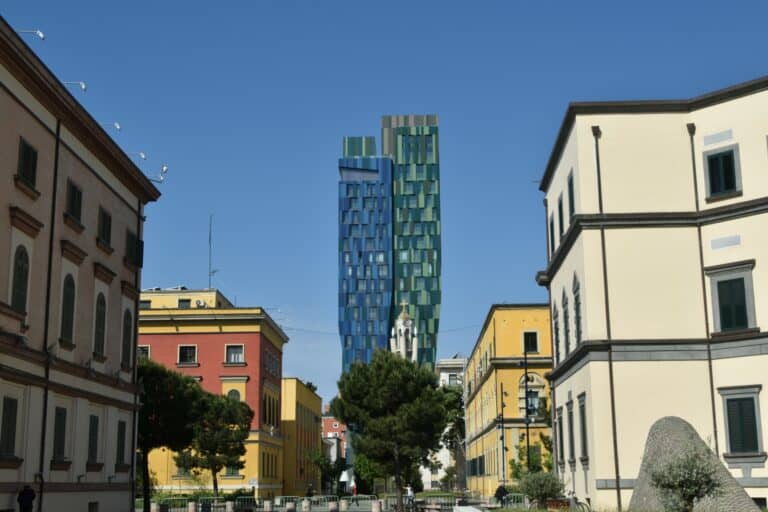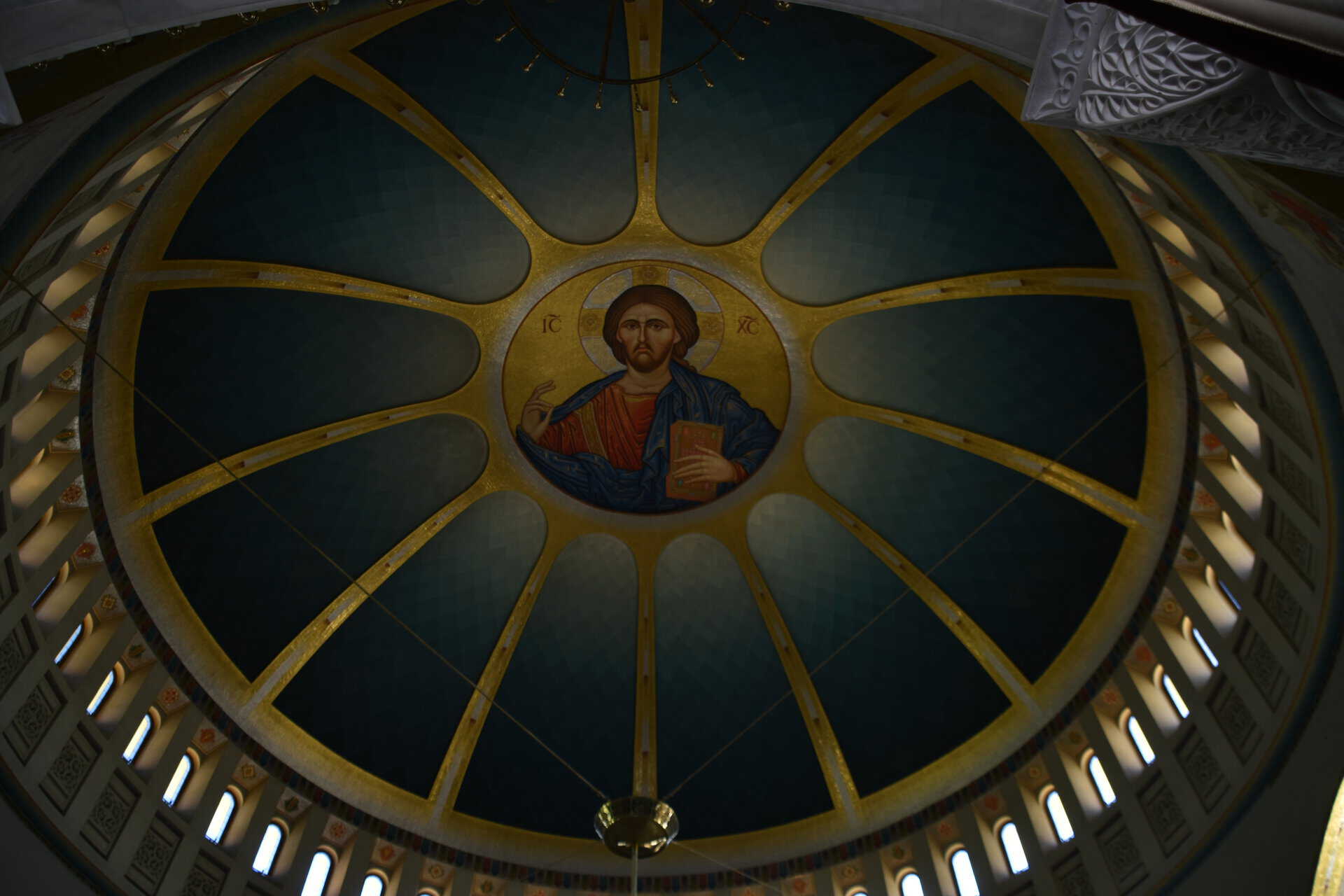Tirana is the capital and largest city of Albania, located in the central-northern part of the country, in the valley of the Lana River. It serves as the political, economic, and cultural heart of Albania, and is a vibrant and dynamic city that has undergone rapid transformation in recent decades, evolving from a relatively small and isolated town into a modern and continuously expanding metropolis.
Founded in the 17th century, Tirana has a relatively young history compared to other European cities, but it has developed quickly, especially after the fall of the communist regime in the 1990s. Today, it is a city that blends historic and modern architecture, green spaces, museums, theaters, and a very active cultural scene.
The city center is characterized by large and lively squares, such as Skanderbeg Square, the most important in Tirana, named after the national hero of Albania. Here you can find symbolic buildings like the Et’hem Bey Mosque, the National Historical Museum with its famous mosaic façade, and the Clock Tower. These places often serve as gathering points for cultural events, public demonstrations, and celebrations.
Tirana is also known for its vibrant colors: many building facades have been painted in bright and cheerful shades, transforming the city’s appearance and making it especially welcoming and lively. In recent years, urban redevelopment projects have improved public spaces and infrastructure, enhancing the overall quality of life.
The city offers numerous parks and green areas, such as the Youth Park and the Grand Park of Tirana (Parku i Madh), which also includes the Artificial Lake. These are ideal places for walks, sports, and relaxation, frequented by both locals and tourists.
Culturally, Tirana boasts a lively scene with theaters, art galleries, festivals, and a wide range of restaurants, cafés, and nightlife venues. The Museum of Modern and Contemporary Art and Bunk’Art, a museum housed in a Cold War-era underground bunker, are just a few of the cultural attractions that showcase Albanian history and art.
Tirana is also an important economic and commercial center, home to numerous companies, financial institutions, and a bustling local market. The city is served by an international airport that connects it with many European capitals, facilitating tourism and trade.
In summary, Tirana is a city in constant evolution, combining modernity and tradition, offering residents and visitors a wide range of cultural, historical, and recreational experiences. Its energy, the warmth of its people, and the variety of attractions make it a must-visit destination for anyone looking to discover contemporary Albania.


